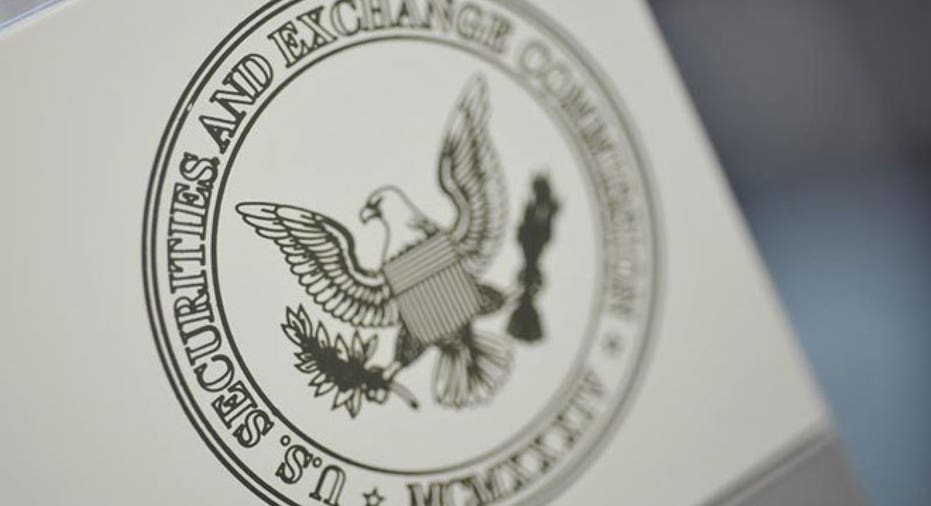SEC Targets Asset Management Risk

Securities and Exchange Commission Chair Mary Jo White on Thursday unveiled a sweeping new program for reducing “undue” risk in the $63 trillion asset management business.
In a speech in New York, White noted that the asset management industry is now comprised of some 11,000 investment advisors and more than 10,000 mutual funds registered with the SEC.
In 2013, 57 million households, or 46% of all U.S. households, owned mutual funds, according to the SEC.
The industry, White said, has grown “exponentially” from $4 billion in assets and 51 firms identified by Congress in 1940 when the SEC was given oversight of the business. Assets under management for most of the largest firms have doubled since 2004, she added.
“Over the years, our regulatory program for asset management has grown and adapted, guided by our mission, to address ever-evolving markets and the challenges that evolution presents. We are now embarking on a new period of regulatory change, driven by long-term trends in the industry and the lessons of the financial crisis,” White said in prepared remarks.
White laid out a three-part plan for increasing oversight of the industry and reducing “undue” risks to investors.
First, the SEC will seek to improve the data and other information used by the regulator to determine asset managers’ risk levels. Existing data requirements need to be expanded and updated, White said.
Second, the SEC will take steps to ensure that registered funds improve their internal controls so they can identify and address risks tied to such newer investment products as exchange traded funds and derivatives.
And third, the SEC will take steps to ensure that firms have a plan for moving their clients’ assets to safety in the event of another crisis.
“If we have learned nothing else from the financial crisis, it is that we must test and plan for the worst,” White said in her remarks.
Risk in the financial services industry has come under sharp scrutiny since the 2008 financial crisis after it was determined that many big securities firms and asset managers took on huge levels of risk in an effort to generate gigantic profits. When those risks went bad, it shook the global economy.
“Our objective, however, is not to eliminate all risk. Far from it. Investment risk is inherent in our capital markets – it is the engine that gives life to new companies and provides opportunities for investors,” White concluded. “Just as our regulatory program evolves, so too must our understanding of the balance that program strikes between reducing undue risks and preserving the principle of “reward for risk” that is at the center of our capital markets.”